Replacing a lawn mower blade can be a simple process. The first step is to determine which part of the mower needs a new blade. This can be done by referencing the mower manual or by referencing a parts diagram. Another foolproof way to purchase a new blade is to look for the manufacturer's part number on the lawn mower.
When changing the lawn mower blade, it's best to turn the mower over. This will prevent the cutting edge from lurching and breaking your hand. It is also a good idea to put a piece of scrap wood between the blade and deck. It is also helpful to mark the blade with spray paint to make reinstallation easier.
Another option is to purchase a multi-purpose blade. This type of blade uses a curved surface and can work on a number of different surfaces. This type of blade will raise the grass and cut it into small pieces. When using a multi-purpose blade, the clippings will fall toward the deck. The blade's inside curvature also creates air pressure, blowing away any tiny clippings. This type of blade can be a good choice if you have a sandy lawn.
Standard mower blades are straight and do not provide lifting or mulching capabilities. Lifting blades, on the other hand, have a slight curve behind the cutting edge, creating better air movement and suction of clippings. While these types of blades aren't great for mulching, they are great for mowing thick, tall grass. They also offer superior side discharge capabilities.
Before choosing a lawn mower blade, you should measure the diameter of the center hole on the blade. If it's too large, it will not fit under the deck of the mower. If it's too small, it will cut the grass unevenly. Also, take note of the center hole pattern on the blade. Some mowers have a circle center hole design, while others use a rounded rectangle. Another option is a 7-point or 5-point star pattern.
It's important to sharpen the lawn mower blade regularly to maintain the best performance. A properly sharpened lawn mower blade will not only produce the best cut possible, but will last much longer. Proper blade sharpening will help to avoid unnecessary repair bills. It will also improve the look of the lawn. If you are unsure how to sharpen the blade, consult your manual.
While sharpening a lawn mower blade, you may also want to clean the bowl surrounding the blade. Grass clippings and mud can clog the bowl. If this is the case, you can use a blade balancer to make sure that the blade is balanced. You can also use a screwdriver to balance the blade and make sure that it's balanced on the screwdriver's handle.
Low lift blades are more energy-efficient than high lift blades. This type of blade requires less power to mow a lawn, and they typically have longer lifespans. Low-lift blades are also better for long-term performance and quiet operation.

 ENGLISH
ENGLISH 简体中文
简体中文 GERMAN
GERMAN SPAIN
SPAIN
 +86 181-5747-1135
+86 181-5747-1135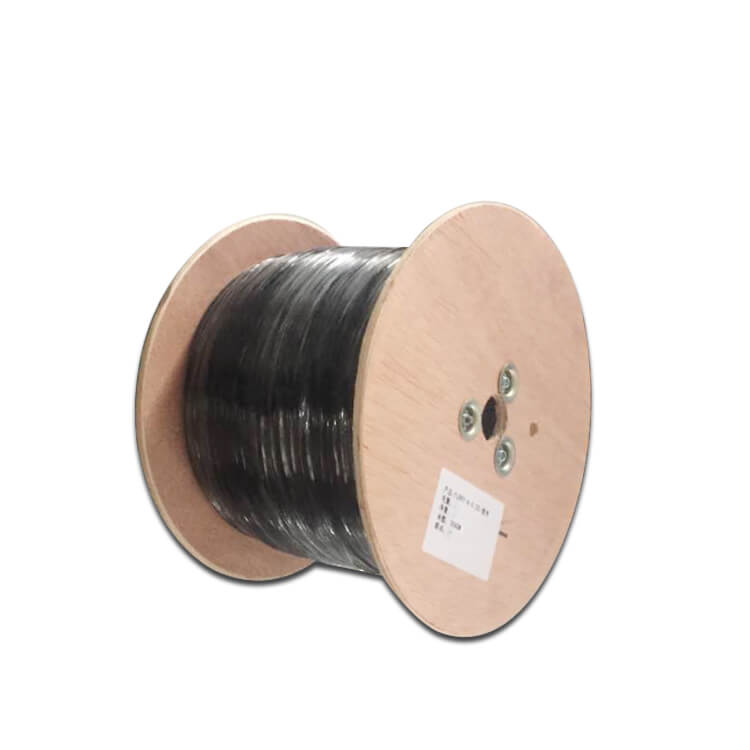
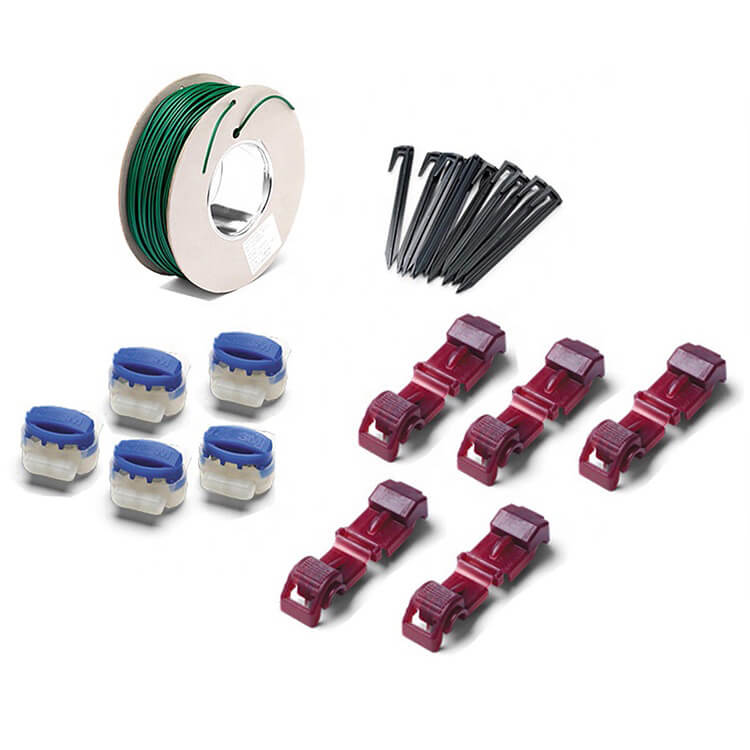
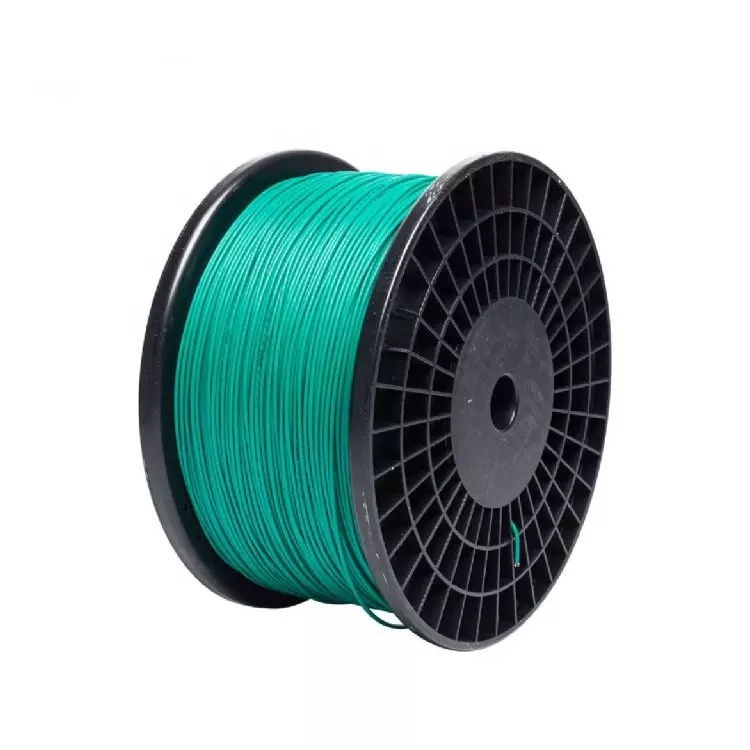
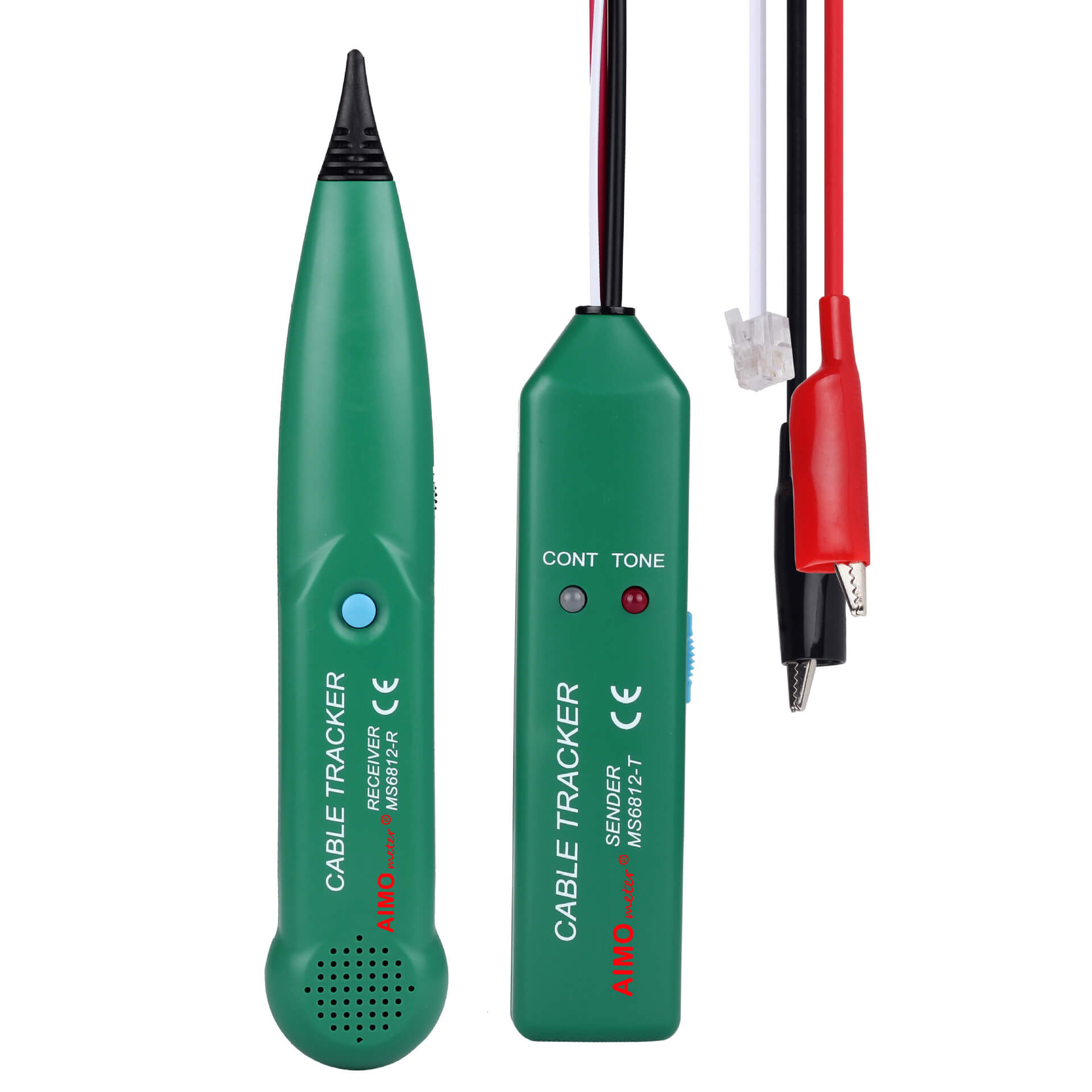


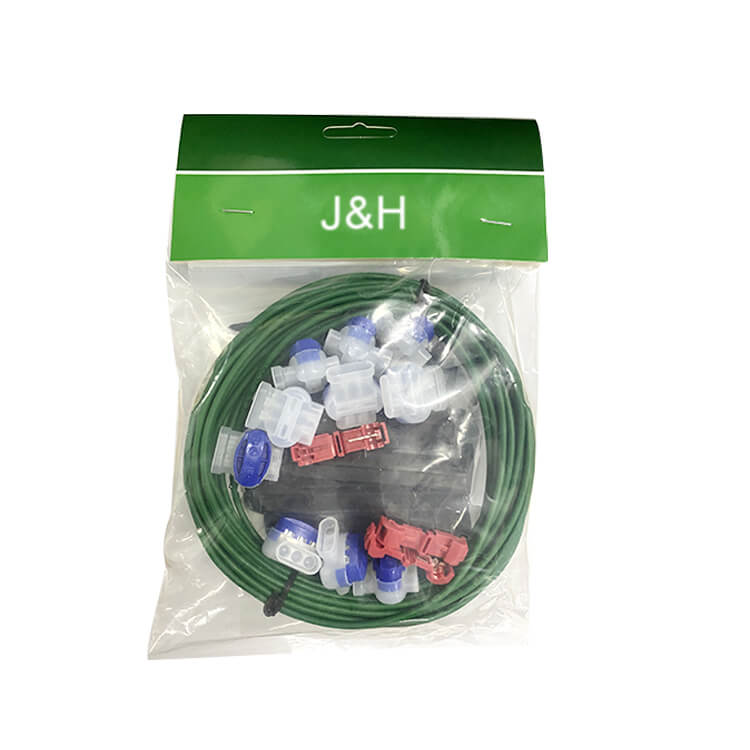
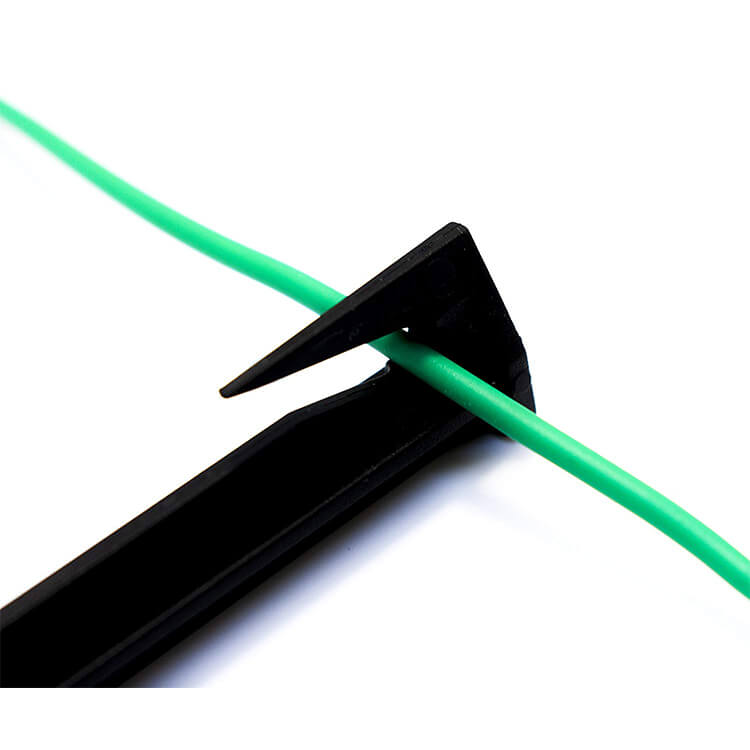
 Abroad:+86 181 5747 1135
Abroad:+86 181 5747 1135 FAX: +86 574 8900 7636
FAX: +86 574 8900 7636 E-mail:
E-mail: 

 read the map
read the map

